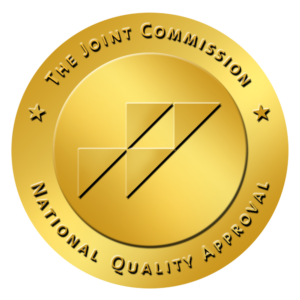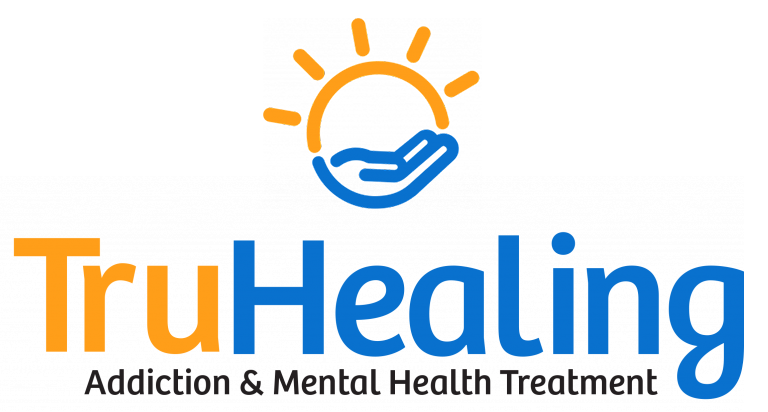A study published late last year examined whether heavy drinking at a young age alters the brain.[1] There were 451 participants—all between the ages of 12 and 21 at the beginning of the study—who had brain imaging scans and exam visits over the course of four years. In that time, participants logged when and how much they drank.
Heavy Drinking in Youth is Associated With Brain Changes
The authors analyzed data between no-to-low and heavy drinkers, among members of the same drinking category and age group, and before and after onset of drinking. Reduced white matter development was found in adolescents who drink heavily. White matter provides connections between different areas of the brain, so it has various impacts on cognitive functioning.
According to the study authors, “Maturation of white matter fiber systems subserves cognitive, behavioral, emotional, and motor development during adolescence. Hazardous drinking during this active neurodevelopmental period may….[increase] risk for developing alcohol-related dysfunction and alcohol use disorder in adulthood.”
Risk for Later Addiction
Another study found that people who begin using substances before age 15 are two to three times more likely to have an addiction by age 32. Numerous studies have found that alcohol impacts executive functioning[2], a complex set of skills that help you plan, organize, learn from experiences, and control impulses.[3] If you struggle in these areas, you may continue to drink despite consequences, especially given other changes in the brain caused by addiction.[4]
The Study’s Findings
The brain changes of each participant in the study were represented as a slope; the slope’s reduction was directly related to the number of drinking days since the first visit. A comparison of the data from before and after youth began drinking showed that these changes were most likely caused by alcohol use, rather than causing alcohol use.
Another important finding was that alcohol-related disruption was more significant in younger than in older adolescents, particularly in the corpus callosum. This part of the brain connects the left and right hemispheres, sending information between the two. It is the largest collection of white matter tissue in the brain.[5] It is also a part of the brain that is still developing in adolescence[6], which may explain why younger participants showed greater changes there.
Understanding how alcohol affects the developing brain is important. It underscores the need for early interventions that teach young people to healthily manage their emotions, so that they don’t later turn to alcohol or drugs. It shows the importance of education about substance use, addiction, and recovery.
TruHealing Centers is committed to providing prevention in addition to treatment. We do this through educational resources like our podcast SHARE and show Straight Talk, trainings at middle and high schools, and a partnership where we provide drug and alcohol counseling in Baltimore County Public Schools.
If you are struggling with a substance use or mental health disorder, there is help and hope. TruHealing Centers offers high-quality treatment for addiction and mental health disorders in facilities across the country. Our staff—many of whom are in recovery themselves—will help you process emotions and build healthy coping skills. Call an admissions specialist at 410-593-0005.
[1] https://jamanetwork.com/journals/jamapsychiatry/article-abstract/2774515?guestAccessKey=758a685d-a4ff-4c60-a248-75ec71649926&utm_source=silverchair&utm_medium=email&utm_campaign=article_alert-jamapsychiatry&utm_content=etoc&utm_term=040721
[2] https://www.ncbi.nlm.nih.gov/pmc/articles/PMC4638323/
[3] https://www.webmd.com/add-adhd/executive-function
[4] https://www.drugabuse.gov/publications/drugs-brains-behavior-science-addiction/drugs-brain
[5] https://www.neuroscientificallychallenged.com/blog/know-your-brain-corpus-callosum
[6] https://jamanetwork.com/journals/jamapsychiatry/article-abstract/2774515?guestAccessKey=758a685d-a4ff-4c60-a248-75ec71649926&utm_source=silverchair&utm_medium=email&utm_campaign=article_alert-jamapsychiatry&utm_content=etoc&utm_term=040721







